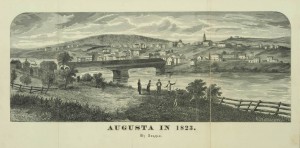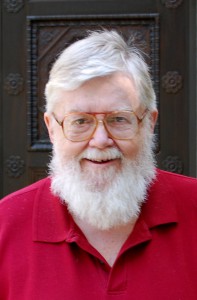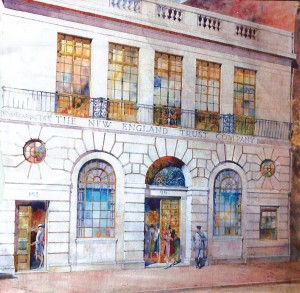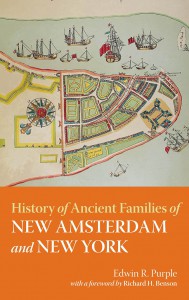 The Great Migration Directory attempts to include all those who immigrated to New England during the Great Migration, and only those immigrants. After much examination of the historical record, and particularly of the activities of the passenger vessels each spring, I determined that the Great Migration ended during 1640,1 and so this volume is designed to include every head of household or unattached individual who arrived between 1620 and 1640.
The Great Migration Directory attempts to include all those who immigrated to New England during the Great Migration, and only those immigrants. After much examination of the historical record, and particularly of the activities of the passenger vessels each spring, I determined that the Great Migration ended during 1640,1 and so this volume is designed to include every head of household or unattached individual who arrived between 1620 and 1640.
This basic conclusion must be tempered by two other considerations, which have always guided the Great Migration Study Project. Continue reading Introducing The Great Migration Directory







